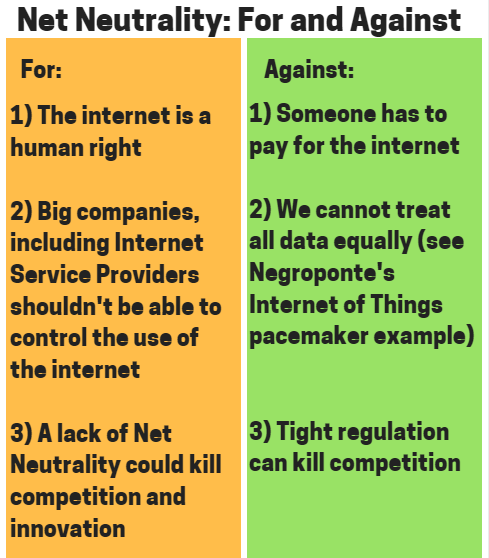
Open Access – A reflection
The fifth and final topic has proved to be extremely thought provoking which I must say came as a surprise.
The main learning outcomes from this week’s comments and discussions, self-created using Canva
After a comment from Ji, I explained how I felt OA (Open Access) was ethically sound, when done correctly. The discussion also solidified how OA should be a choice and not a requirement for authors.
Continue reading →









